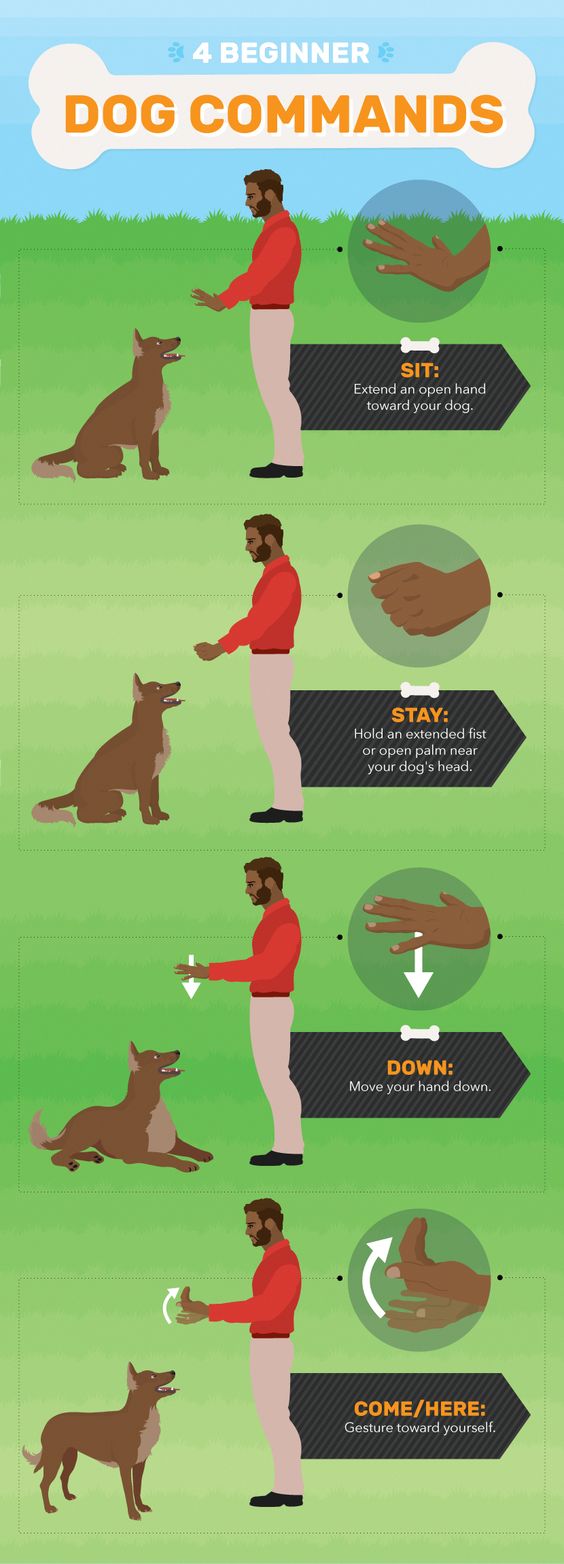News Blast
Your daily source for breaking news and insightful articles.
Sit, Stay, Play: The Secret Life of Your Dog's Brain
Uncover the surprising secrets of your dog's brain! Learn how they think, play, and connect with you in ways you never imagined.
Understanding Canine Emotions: What Goes On Inside Your Dog's Brain?
Understanding canine emotions begins with an appreciation of how dogs process their experiences and feelings. While dogs may not express their emotions in the same way humans do, they exhibit a rich array of emotional responses that are deeply rooted in their biology and social behavior. Through various studies, we have learned that a dog’s brain functions similarly to ours, displaying reactions to happiness, fear, anxiety, and even jealousy. For instance, a dog's brain can release oxytocin, often referred to as the 'love hormone,' when they interact affectionately with their owner. This shows that emotional bonding is both natural and essential in the dog-human relationship.
To better grasp what goes on inside your dog’s brain, it's vital to recognize the key emotions they experience. Here are some common canine emotions:
- Joy: Signs include wagging tails, playful behavior, and eagerness to engage.
- Fear: Dogs may cower, tuck their tails, or bark excessively when scared.
- Affection: Dogs show love through cuddling, licking, and following you around.
- Frustration: Lack of stimulation can lead to destructive behavior and whining.
By observing these emotions and the accompanying behaviors, you can foster a deeper understanding of your dog’s feelings, leading to a stronger and healthier bond.

The Science of Dog Play: How Your Pet’s Mind Works During Games
The act of play is not just a delightful pastime for dogs; it serves as a critical component of their mental and physical development. When a dog engages in play, their brains release a burst of chemicals, including dopamine, which promotes feelings of happiness and reinforces positive behavior. During these playful moments, dogs are not merely expending energy; they are also engaging in social learning and practicing skills necessary for survival. Understanding how your pet’s mind works during games can help you create more enriching experiences for them, fostering both their emotional well-being and cognitive abilities.
Moreover, the science of dog play reveals that different types of play can elicit distinct mental responses. For instance, a game of fetch mimics chasing prey, tapping into a dog’s instinctual behaviors and allowing them to hone their hunting skills. Similarly, tug-of-war encourages social interaction and can strengthen the bond between you and your pet. Incorporating a variety of games not only keeps your dog physically fit but also mentally stimulated, reinforcing their problem-solving abilities and adaptability. In essence, recognizing the underlying mechanics of dog play allows owners to provide a balanced and fulfilling playtime that benefits their furry companions.
Unraveling the Mystery: Do Dogs Think and Dream Like Humans?
The question of whether dogs think like humans has intrigued pet owners and scientists alike. To understand this better, we can observe the cognitive abilities of dogs and how they process their environment. Research shows that dogs possess a level of intelligence that allows them to recognize human emotions, respond to commands, and even solve problems. They may not think in the same abstract ways that humans do, but they certainly exhibit patterns of thought that indicate a form of reasoning. For instance, studies have demonstrated that dogs can associate words with their meanings, which suggests a basic understanding of language that is quite impressive for non-human creatures.
Similarly, the phenomenon of dogs dreaming has been a subject of fascination. Scientists believe that dogs experience dreams much like humans do, as evidenced by their brain activity during REM sleep, the stage associated with vivid dreaming. Observations of dogs twitching, paddling their legs, or making soft noises while asleep suggest that they are indeed reliving experiences or engaging with memories. This leads to the intriguing idea that our furry companions might not only dream about chasing squirrels or playing fetch but could also experience emotional dreams, providing insight into their complex inner lives.